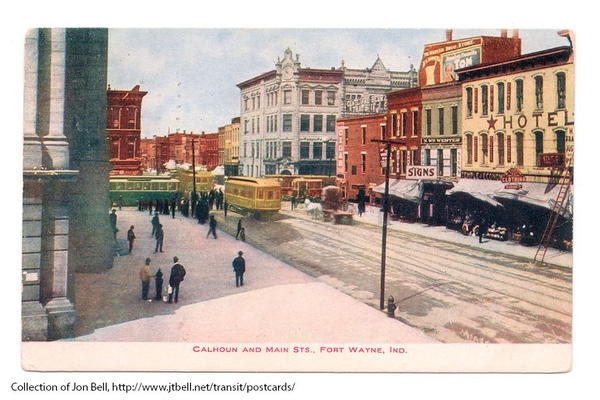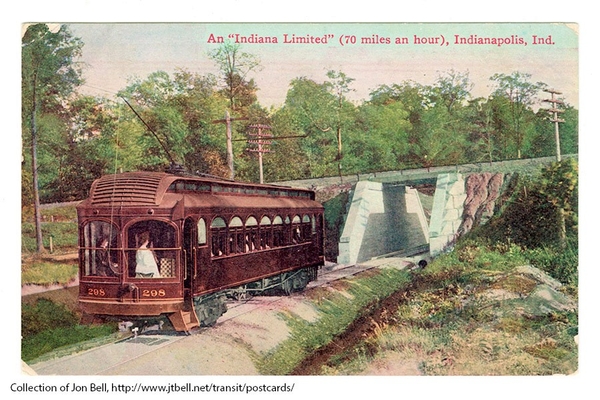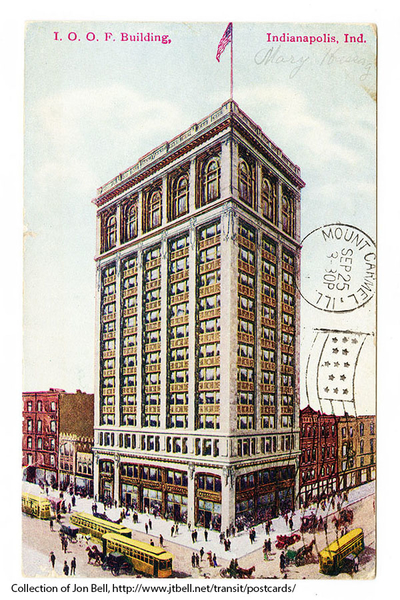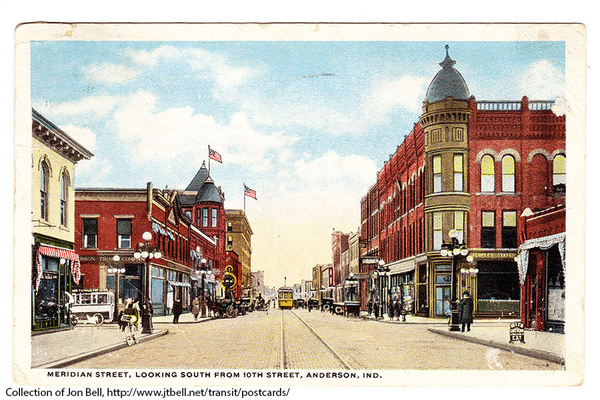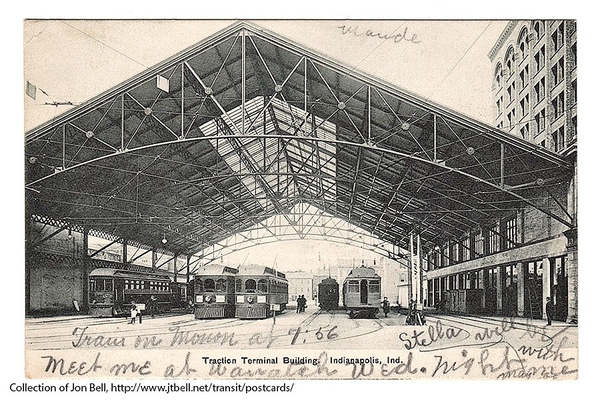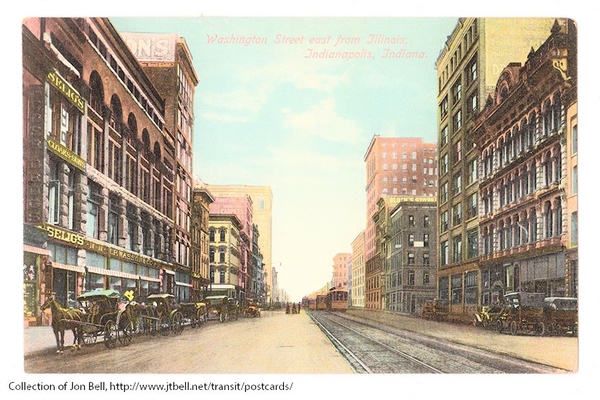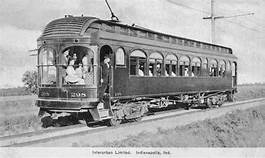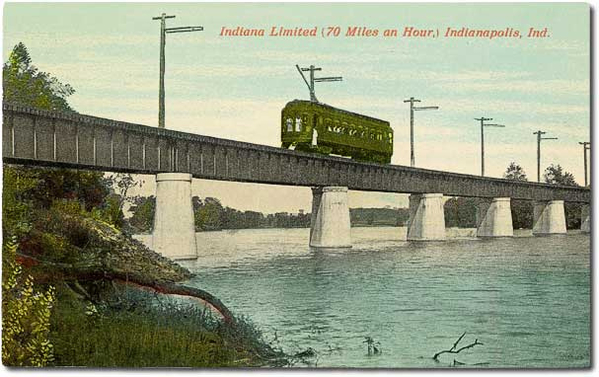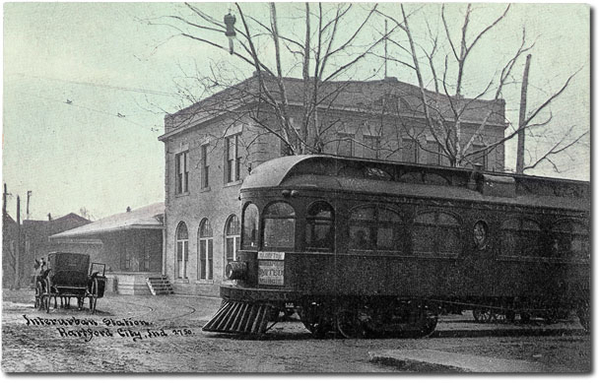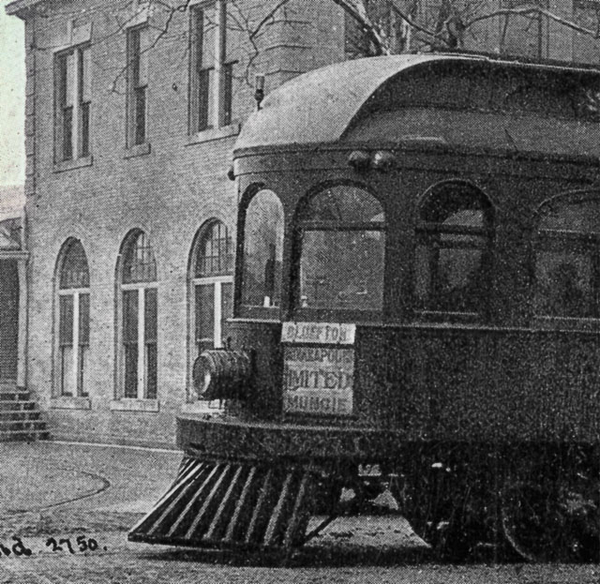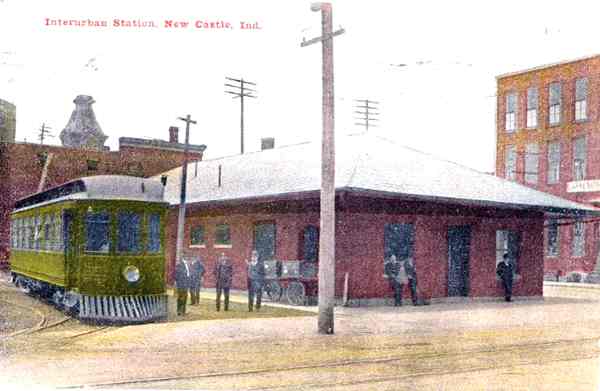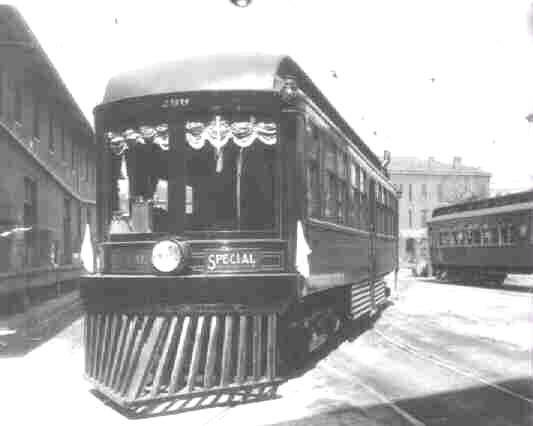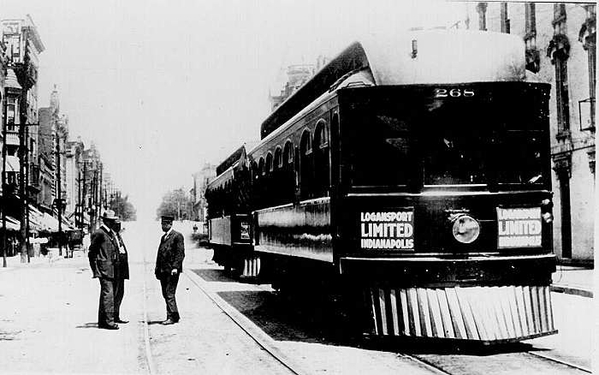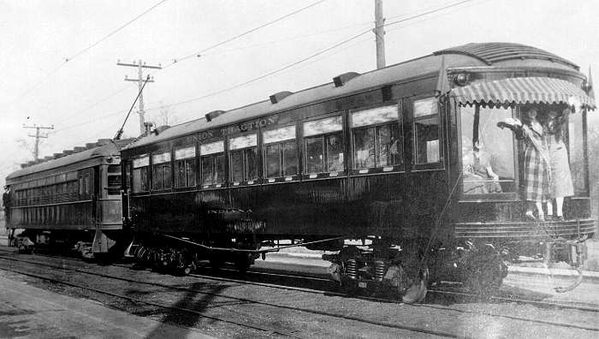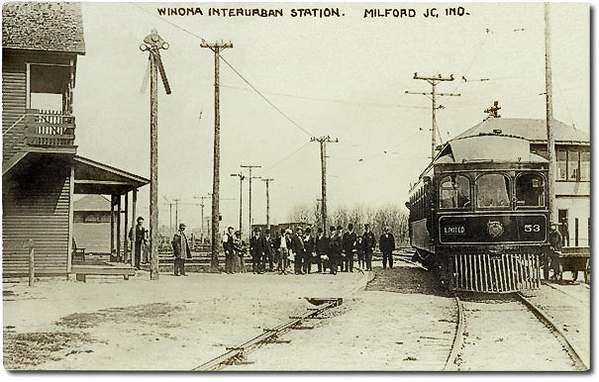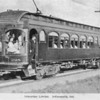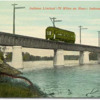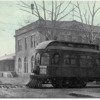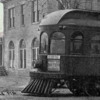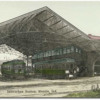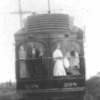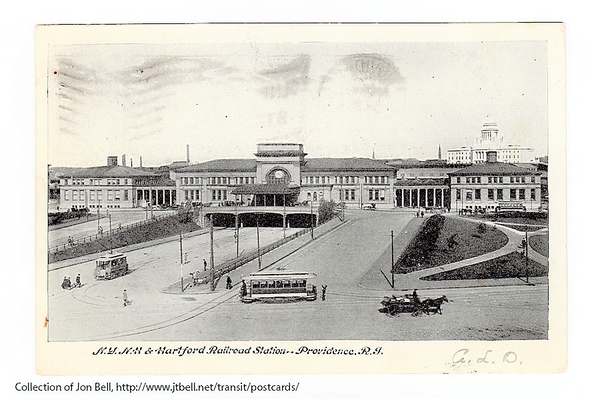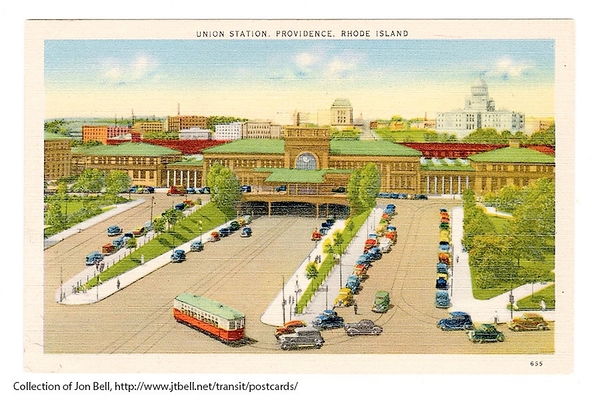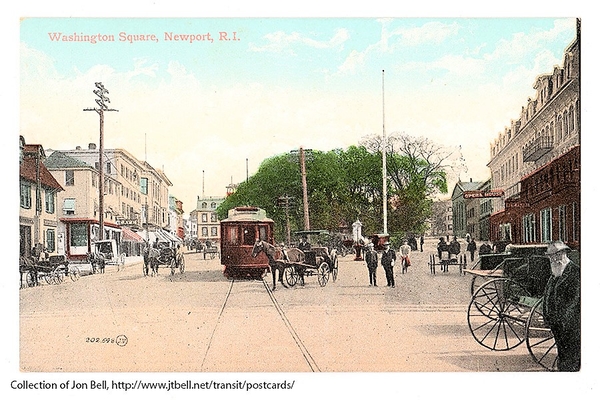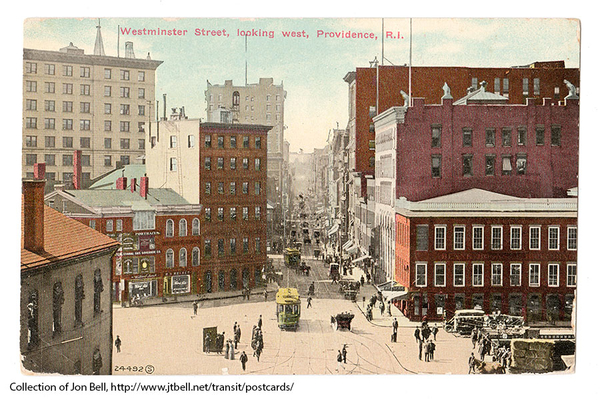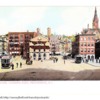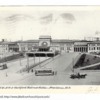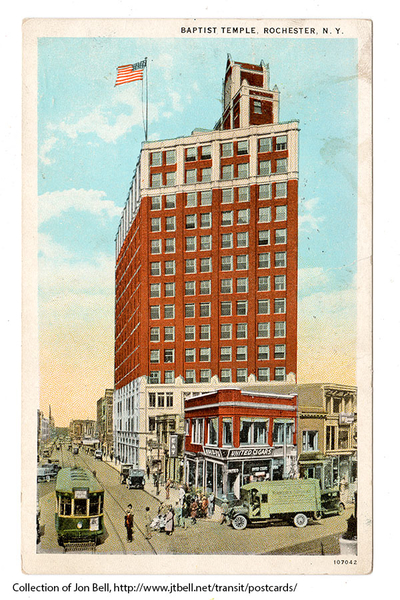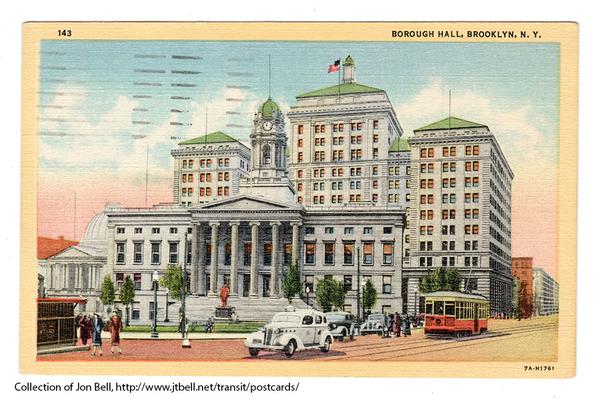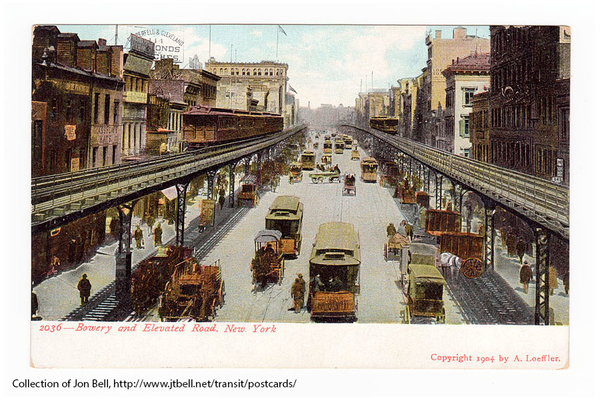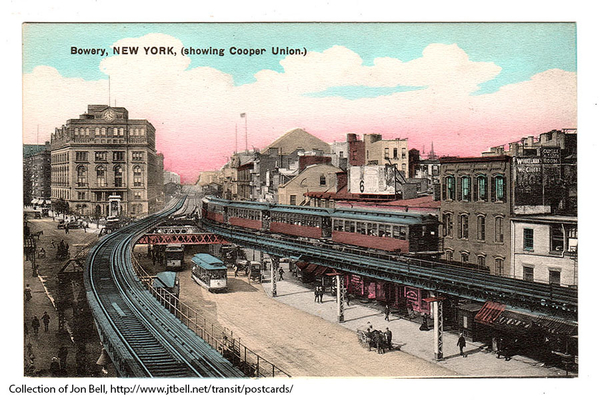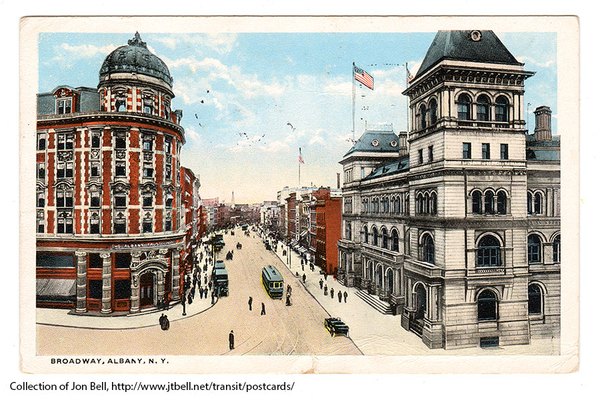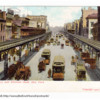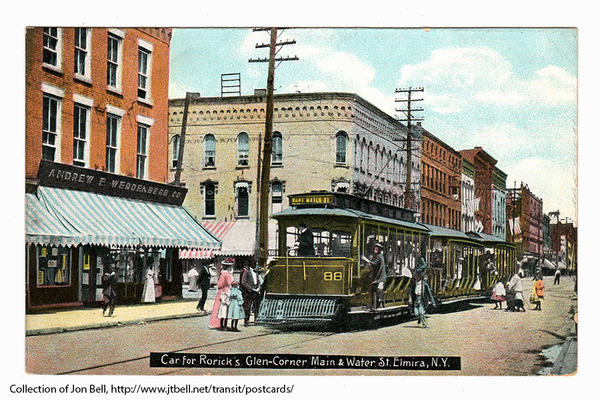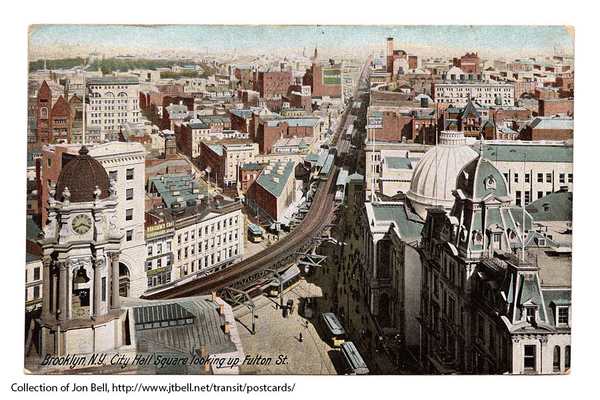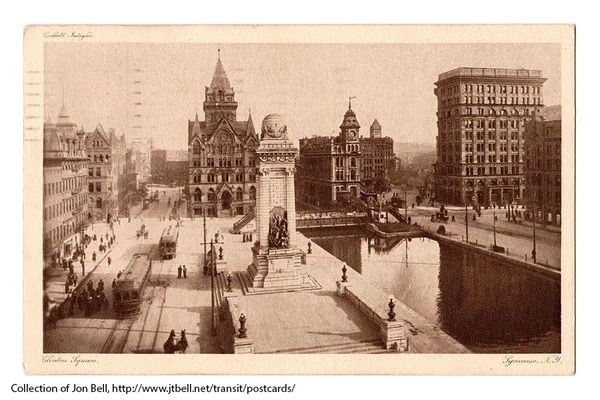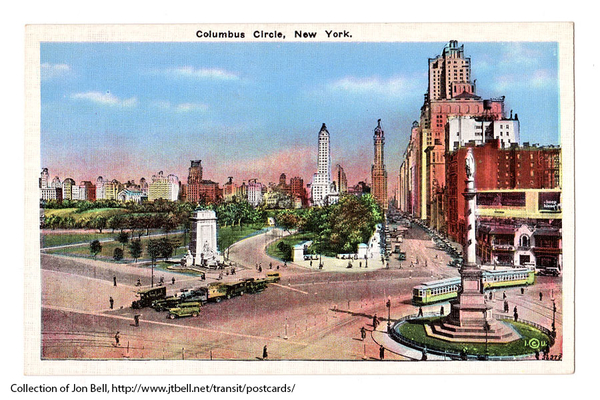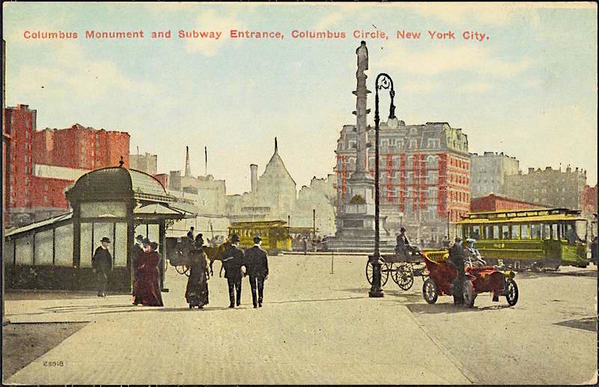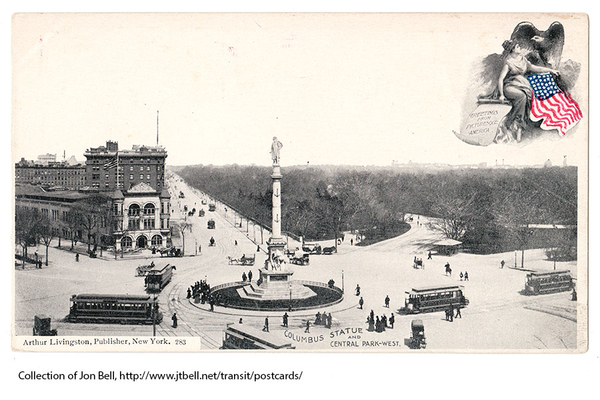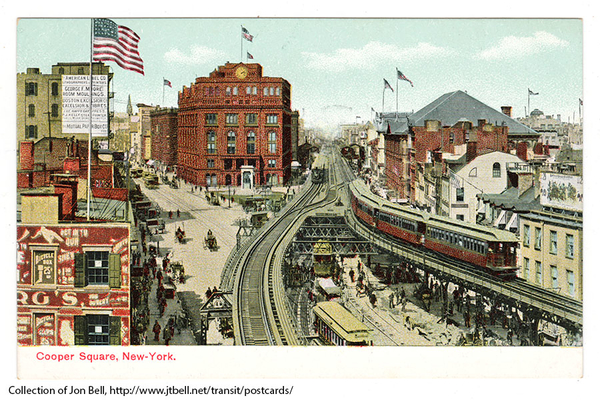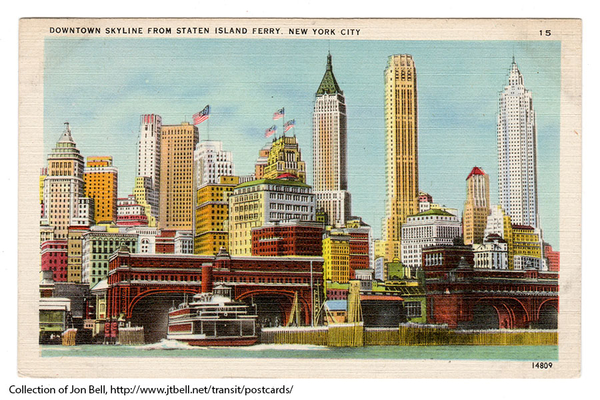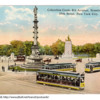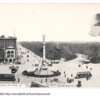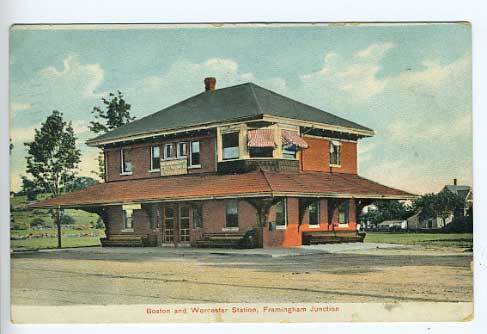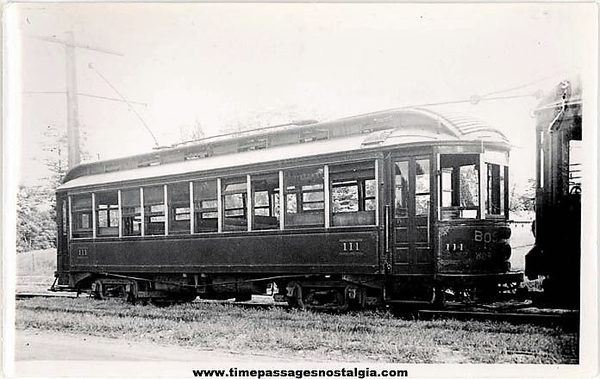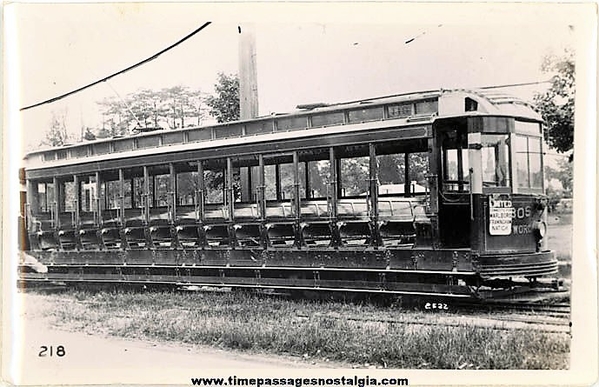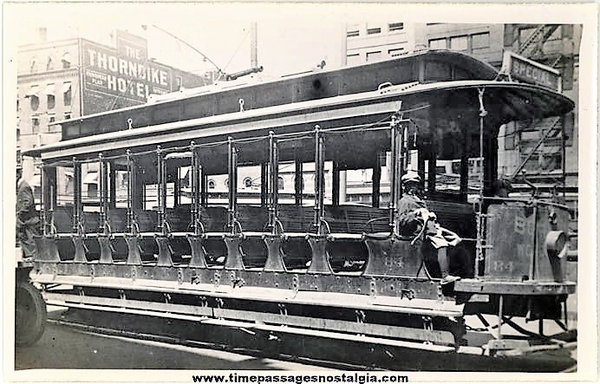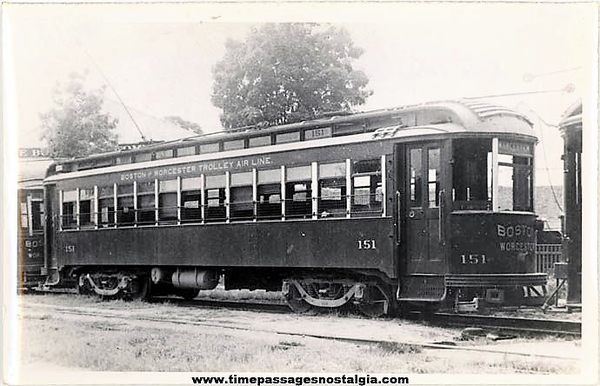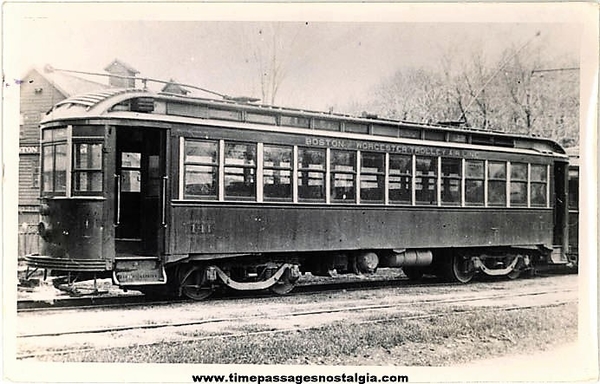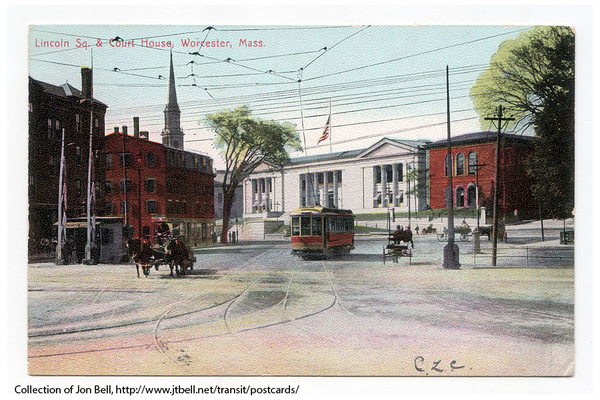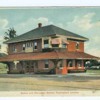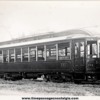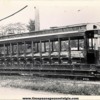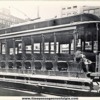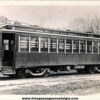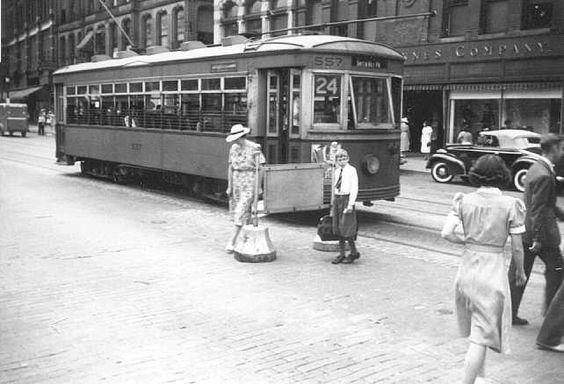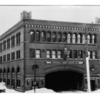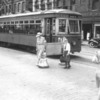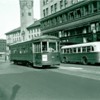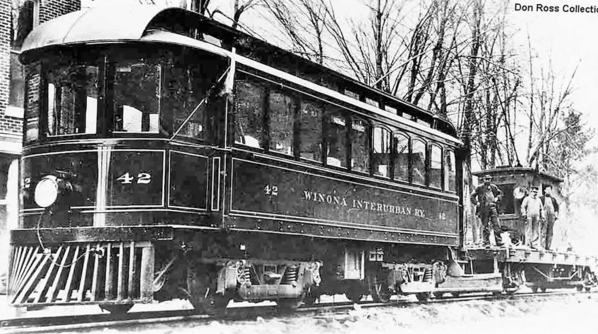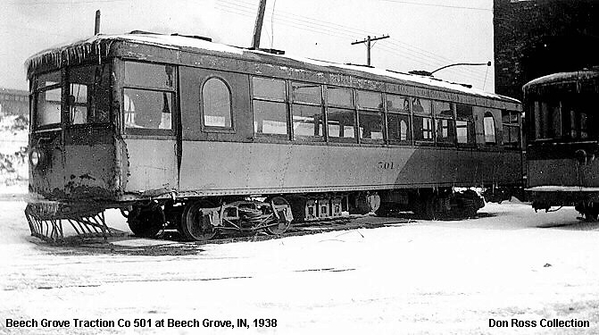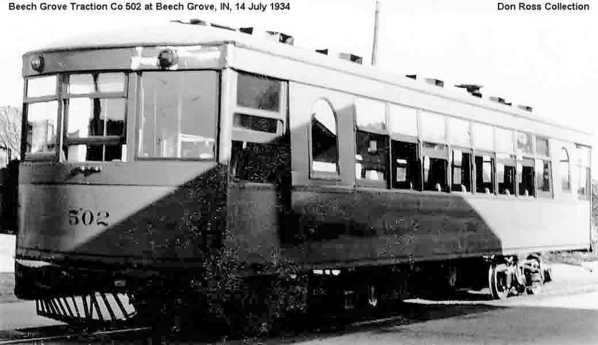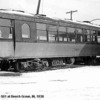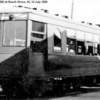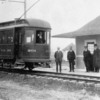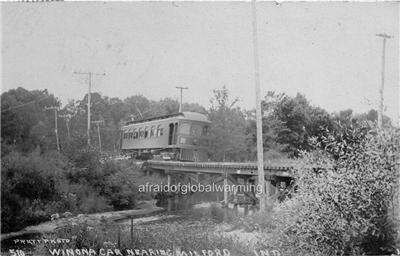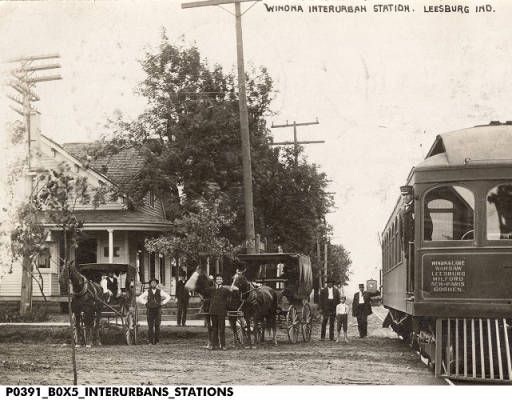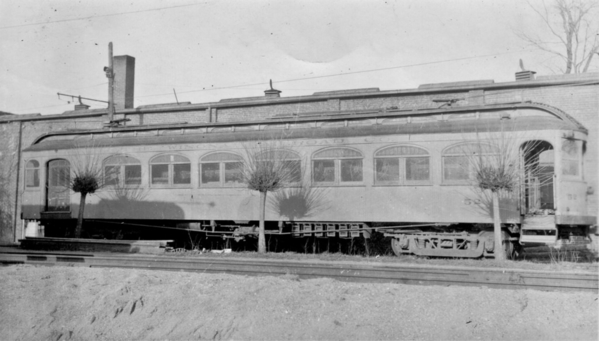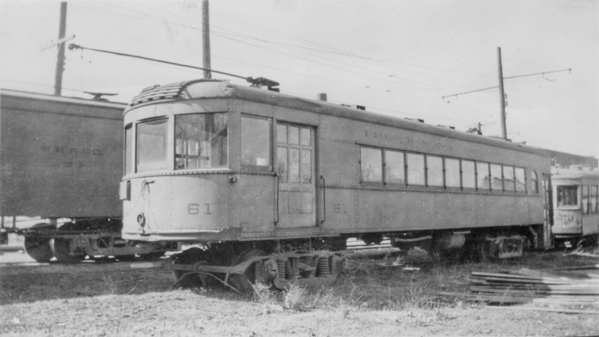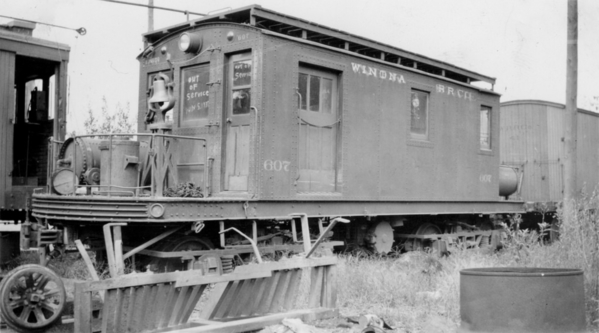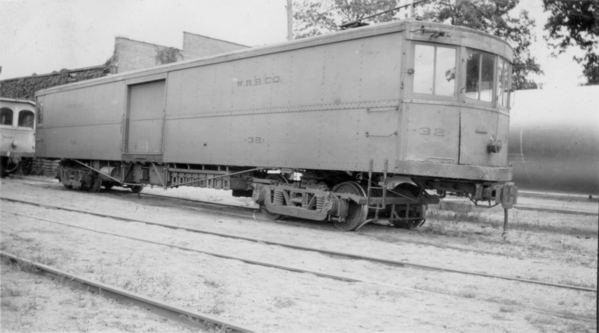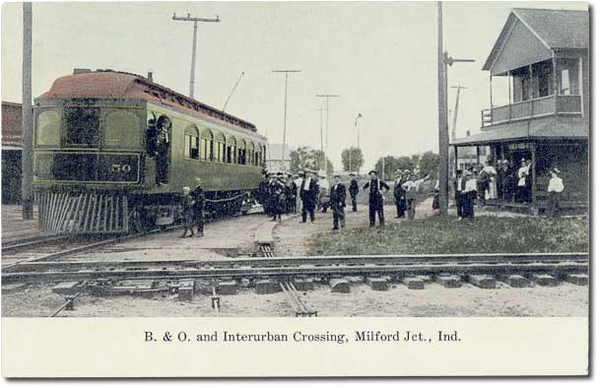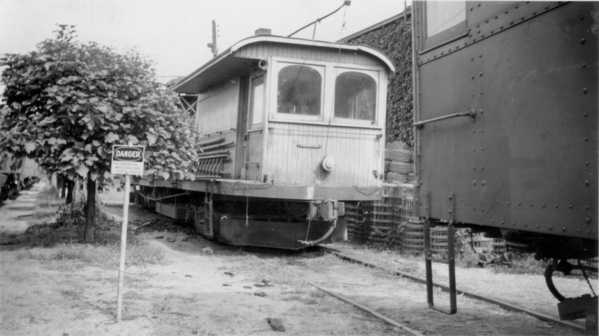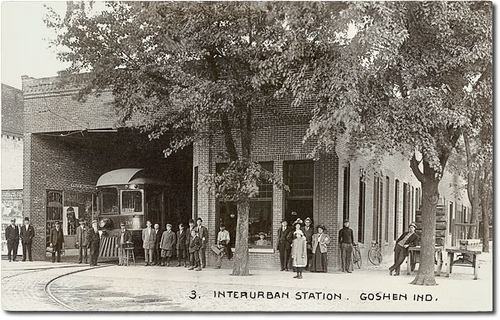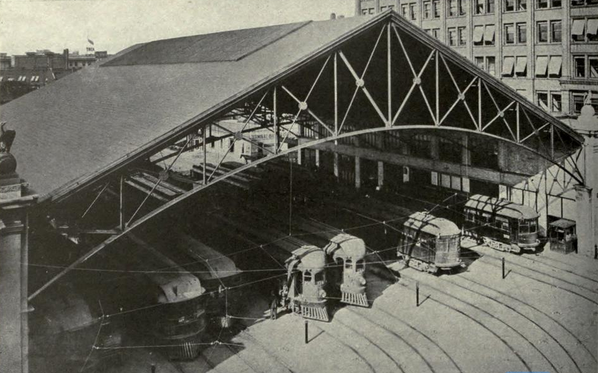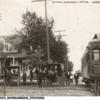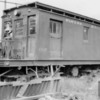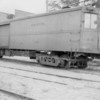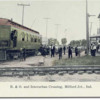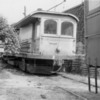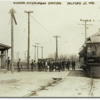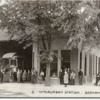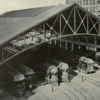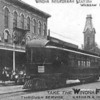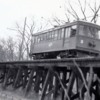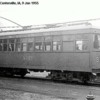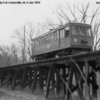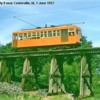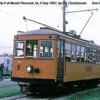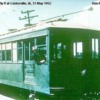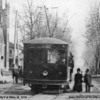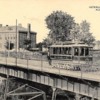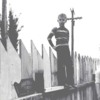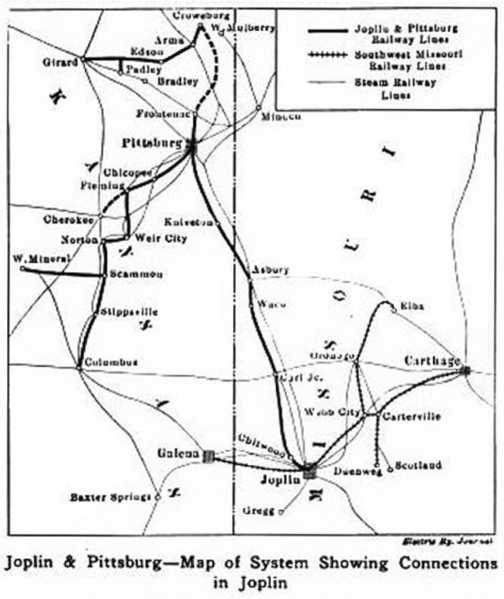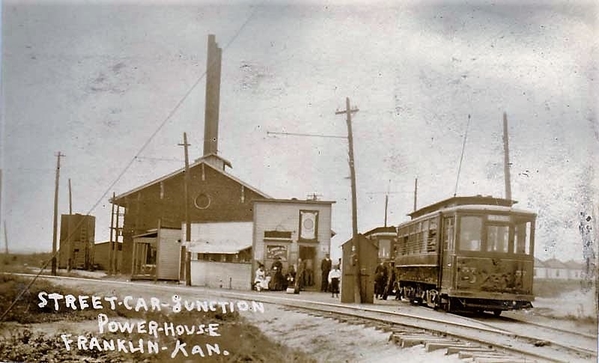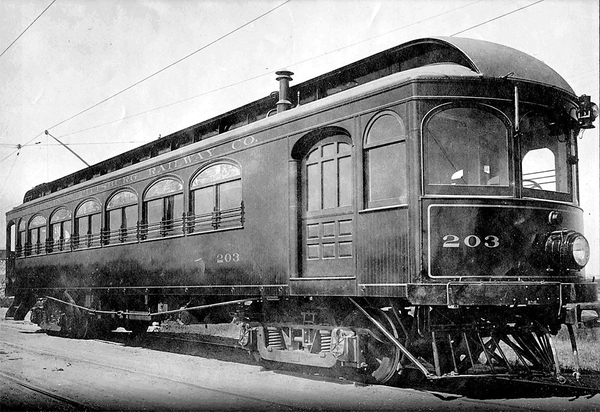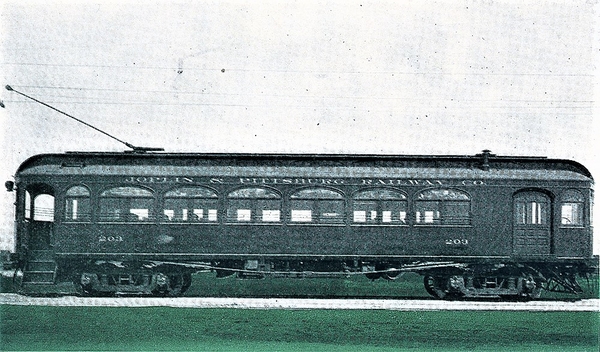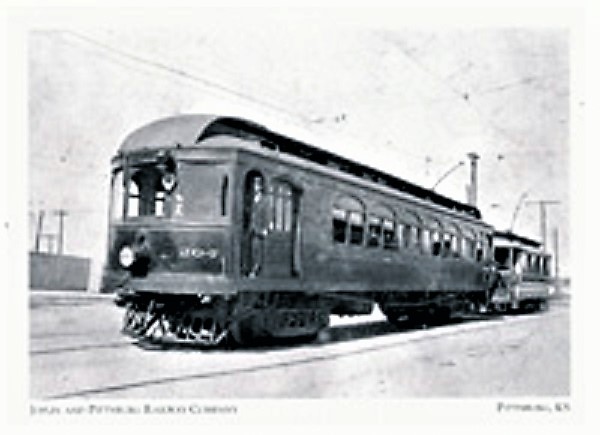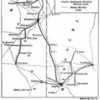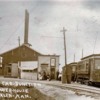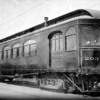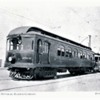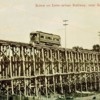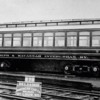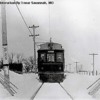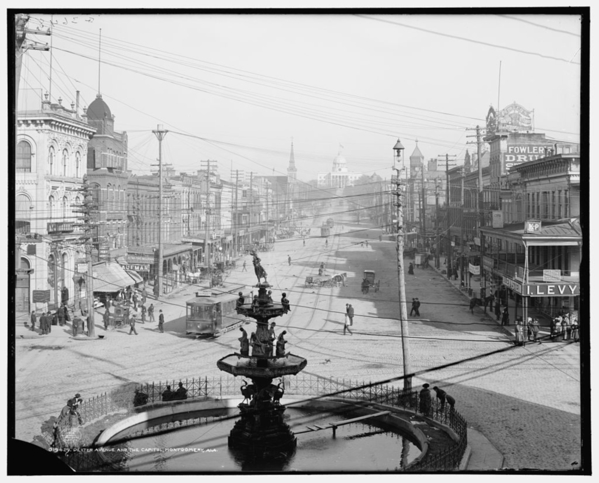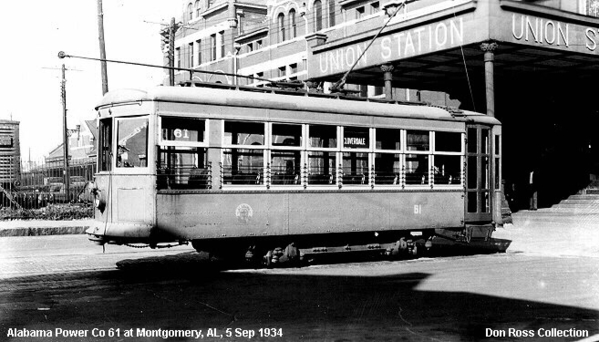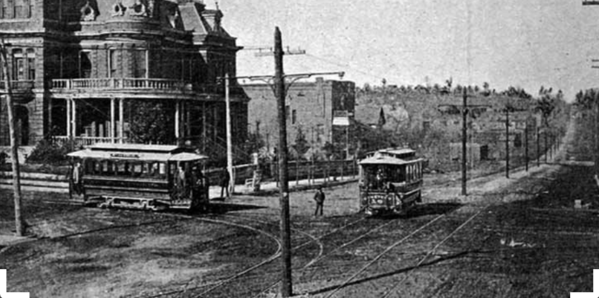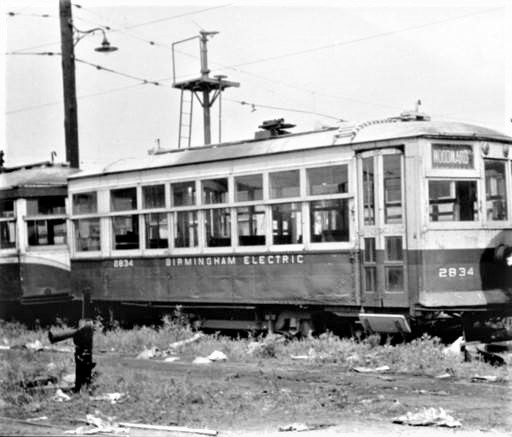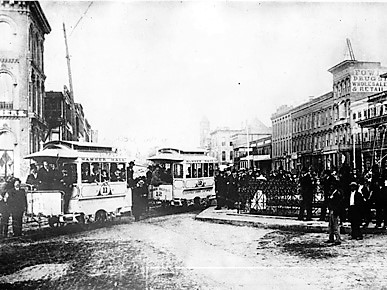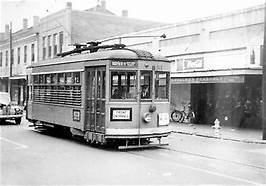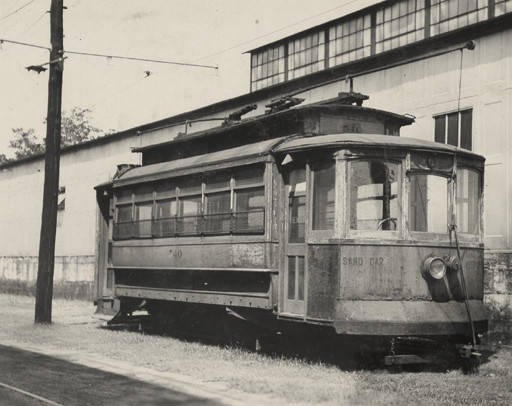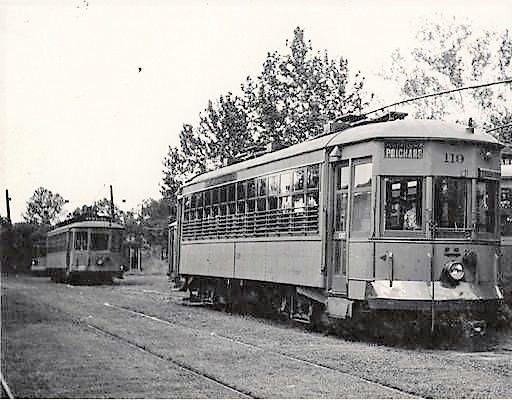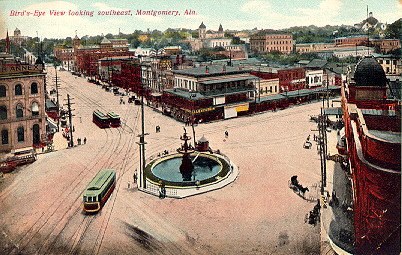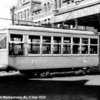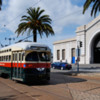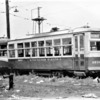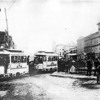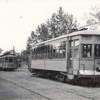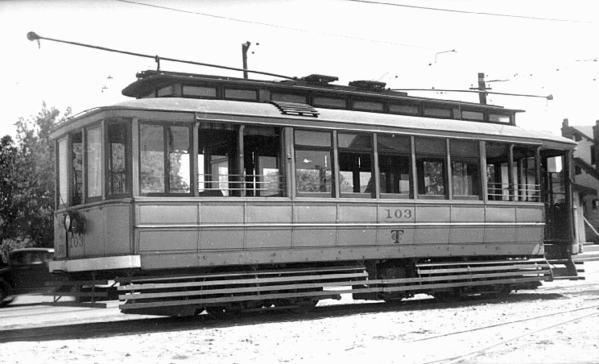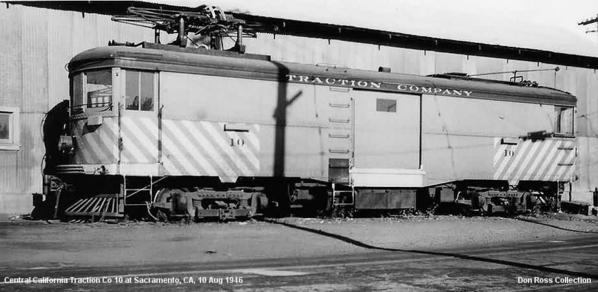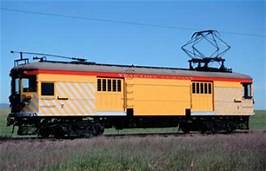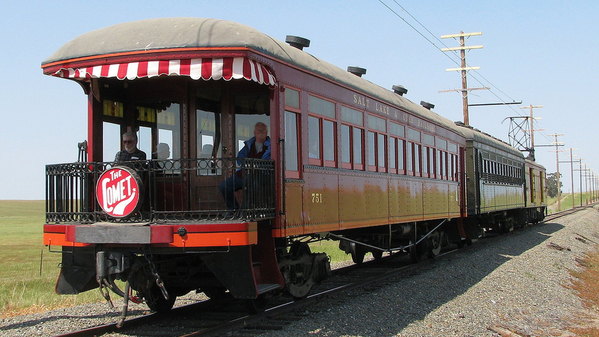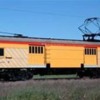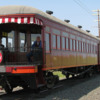I took this photo years ago a the Great Salt Lake. Wonder if it's still there? Don't know why it was there and don't know how it got there. Maybe just another desert dream that never went anywhere. Anyone know?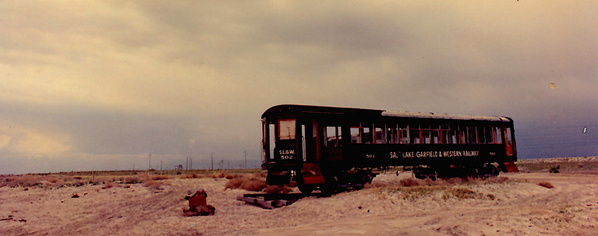 Don
Don
If this where I think it is, you are with in less than a mile of the Salt Pavilion. If so, the SL G&W ran with in 100 feet of this location. When the lake receded all the lake side business at this location closed up. The SLG&W continued to run excerrsion trains, but not out this far, pulled with their 44 tonner. The cars were equipment left over from their electric operation. Then that operation ended. This car was bought and located near the end of the railroad. It was to be used as offices for helicopter rides. It never happened and time and the salt finished this car off. It was finally cut up for scrap.
Although the weather is easy on old carbodies that survived Utah’s extensive electric rail system, preservation has not gone well. Most of Utah’s surviving electric cars are in California, and only a few survive there.
Attachments

Attachments

This appears to be an MTH Bump-n-Go car. I have a few of these cars, and they operate very well at low speed, so there are no fatalities when the car hits the bumper.
Attachments
Attachments
Attachments
Attachments
The Boston & Worcester Street Railway was chartered November 16, 1901, and the first section, from the Newton/Brookline line at Chestnut Hill to Framingham Junction, opened May 12, 1903. The remainder to Worcester opened June 30, 1903. The Framingham Union Street Railway, providing service within Framingham and intersecting the B&W at Framingham Junction and Framingham Center, was bought December 21, 1903. On February 1, 1904, the B&W bought the Framingham, Southboro and Marlborough Street Railway, which the B&W used between Framingham Center and Fayville.
Boston and Worcester Electric Companies was incorporated December 29, 1902 to serve as a holding company for these railroads.
Streetcars last operated on June 10, 1932.

Attachments
To finish-up about trolley railways in Worcester, Massachusetts, heree is the story of the Worcester Consolidated Street Ry.
Home to trolley manufacturer Osgood Bradley and Pullman Standard, Worcester played an important role in the history of passenger rail travel in the United States. The Worcester Consolidated Street Railway Company formed in 1907 when various local street railways where merged.
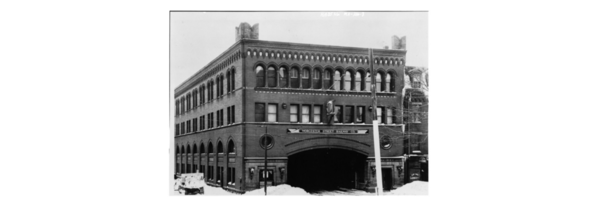 Worcester Consolidated Street Railway, Administration Building, 99-109 Main Street
Worcester Consolidated Street Railway, Administration Building, 99-109 Main Street
Worcester Consolidated Street Railway Car 557
Worcester Consolidated Street Ry Car @ Main & Franklin Streets, September-26-1945
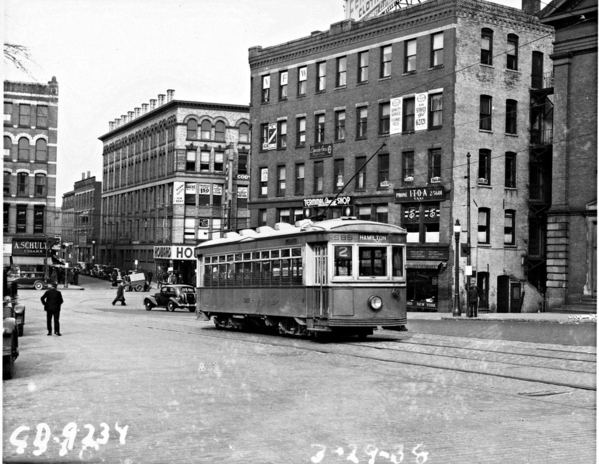 Worcester Consolidated Street Ry Trolley @Hamilton Street & Salem Square, March-29-1938
Worcester Consolidated Street Ry Trolley @Hamilton Street & Salem Square, March-29-1938
Attachments
The Beach Grove Traction Company of Indiana ran from downtown Indianapolis for 6 miles to Beech Grove, which is barely outside the Indianapolis city limits. It looped south of the business district and never made it to the Traction Terminal. It was built in 1911 and lasted until late 1937 with a 10 cent fare. It was finally closed when Indianapolis Railways cut off its power for non-payment. The original cars were former Winona Interurban Railway cars.
Beach Grove Traction 202 came from the Winona Interurban Ry.
Attachments
The story of the Beach Grove Traction Company above is a segway to this story of the Winona Railroad of Indiana because some of the Winona's trolley cars saw service on the Beach Grove.
The Winona Railroad of Indiana came into operation in 1902 when the Pennsylvania Railroad announced that the sidetrack on which a local train brought visitors to Winona from Warsaw would no longer operate. However by the summer of 1903, the directors of the Winona Christian Assembly had completed a trolley line between the two towns. The 18 open cars ran on an hourly schedule, sometimes carrying 15,000 passengers in one day for special events at Winona.
Goshen, Warsaw, Peru and towns along the way voted subsidies totaling $170,000 on condition that the Winona Interurban Railway build a high speed electric railway north and south connecting with other interurban systems that had spread all over Indiana. The north line to Goshen was started in 1905 with the first cars running by June of 1906. The south section was completed in 1907. A large powerhouse, costing $200,000 was constructed where the Gatke Corporation now stands. It supplied the additional power needed for the 70-mile system and also provided steam heat and electricity to all the public buildings at Winona and about 50 private homes in the town. Electricity as well as water were supplied by the railroad to the city of Warsaw.
Winona Railroad officials planned to expand with new lines east to Fort Wayne and west to Valparaiso, but these sections were never built. In July 1916 the mortgage on the Goshen-Warsaw line was foreclosed and the road went into receivership. However, a freight handling business inaugurated in 1924 aided the Winona considerably as it serviced nine steam railroads connecting with its 66-mile routes. When Goshen residents petitioned to have the tracks in their city removed, passenger service to the Winona railroad's northernmost point ceased in 1934. Then the only passenger service operated by the railroad was on the 3-mile run between Warsaw and Winona. The latest street car ran July 4, 1938.
Winona @ Milford
Winona Car 52
Winona Car 61 @ Warsaw
Winona Car 607
Winona Freight Car 32
Winona Line Car
Winona Windspliters
Model of Windspliter
Winona Windspliter
Attachments
This is the story of the Southern Iowa Railway.
The main line of the Southern Iowa Ry between Albia and Centerville was once a branch of the Wabash Railroad. In 1885 the Wabash went into bankruptcy and line was reorganized as the Albia & Centerville. In 1914, the line was absorbed by the Centerville Light and Traction Company, which operated the local street railway. The combination of the Albia & Centerville and the street railway became the Centerville, Albia & Southern Ry. In 1916, the Albia, Centerville & Southern Ry was purchased by Iowa Southern Utilities, and in 1941 the railway became the Southern Iowa Ry.
The Mystic branch line of the railway served several mines. Passenger service was not the main revenue generator, however the railway ran 6 trains a day to Albia and had hourly service to Mystic. Local street car service ended in 1925, and all passenger service ended in 1933. In 1944, the Mystic line was cut back to Appanoose where there was a connection with the Milwaukee Road. In 1948 the Albia line was cut back to Moravia where there was interchange with the Wabash.
In the 1950s, the railroad became home to the Iowa Chapter of National Railway Historical Society. Three interurban cars were acquired, plus a Chicago & Great Western caboose. In 1958 1.5 miles of the Mystic branch was abandoned. In 1966 the wire was removed from most of the Moravia line, but remained in Moravia where Box Motor 101 was stationed for switching. Also in 1966, the Chariton River trestle burned and the line was severed. The wire at Centerville was removed, and the Moravia operation was abandoned on July 18, 1967. The Moravia operation was the final electric operation.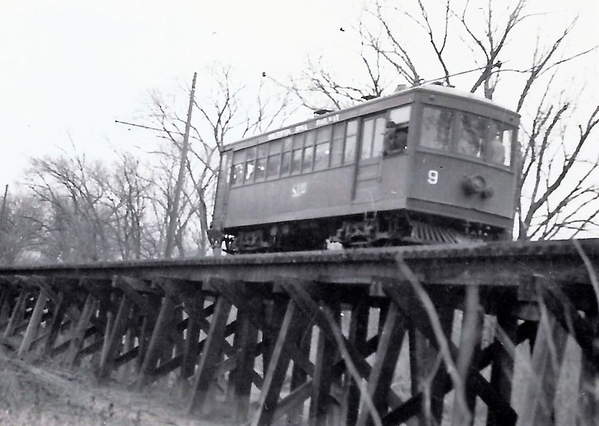
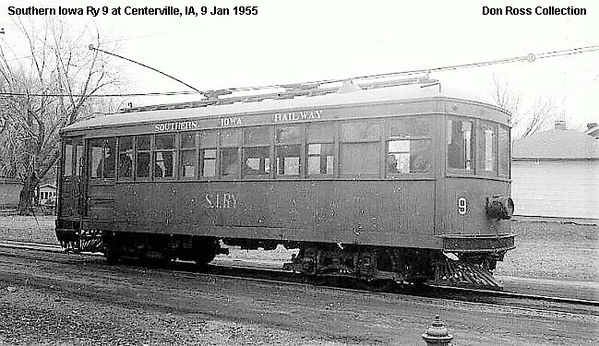
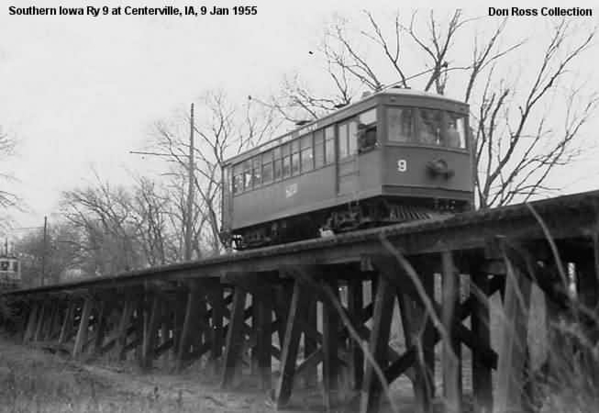
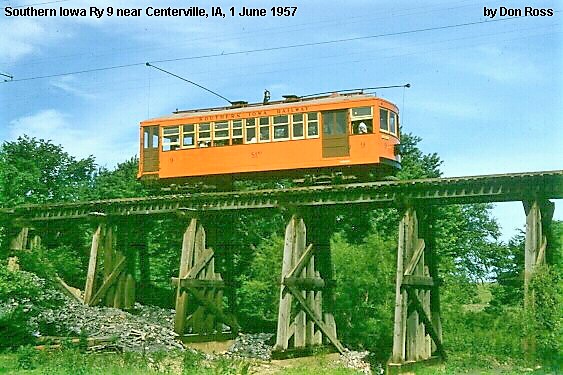
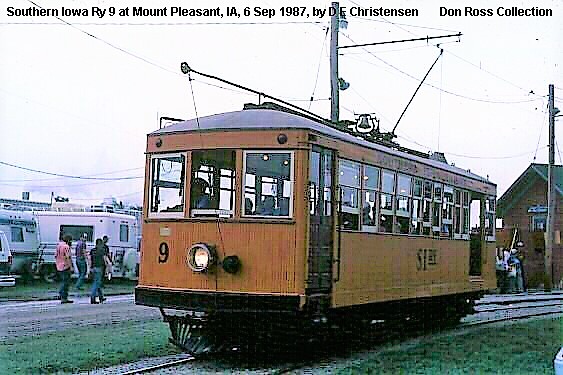

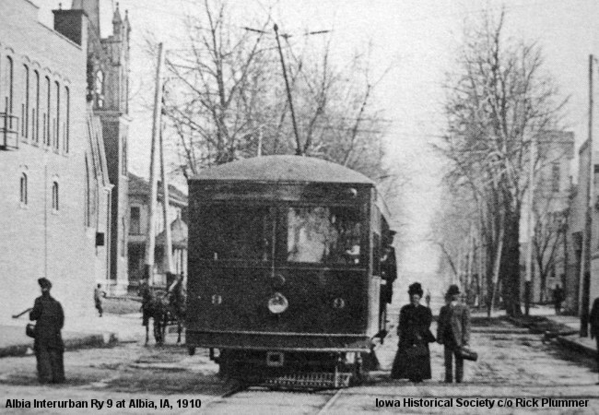
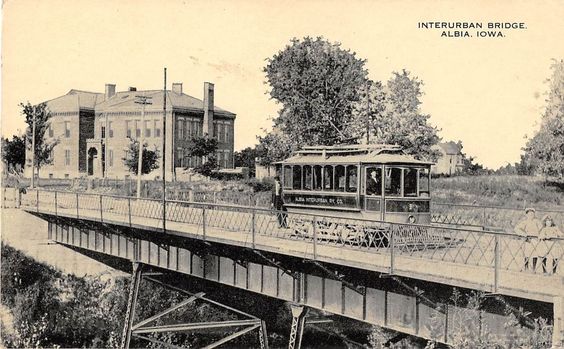
Attachments
I was born in Los Angeles in 1944 and we lived there tell the early 50's. The Palms area by Culver City was were our home was on Mentone Blvd. That's Lou Costello coming out our front door. Exteriors for the movie "Dance With Me Henry" were all shot at the house. It was Lou's and Bud's last film together. Pacific Electric ran a few blocks away. In the summer we took the PE to the beach or shopping. I loved taking the street cars. Freight also ran on the line through Palms. It was pulled by a Westinghouse electric. Maybe that's why I love electric railroads so much. This small bridge is on Motor Ave. One summer "our Palms gang" watched a movie being made with a SP steam engine on that bridge. We got to eat with the film crew at lunch and they even let me sit in the cab of the engine. By the way most of the early real "Our Gang" movies were filmed all around the Palms area. Fourth picture is my buddy and I. I'm the one on the fence. Last picture is the same fence from the alley side. Lou was about ready to go over it. They put a 2x4 on top so he wouldn't rip his pants. I remember my Mom not liking it when they started taking out the street cars. She always said the buses smelled bad and smoked. This all brings back wonderful memories. Don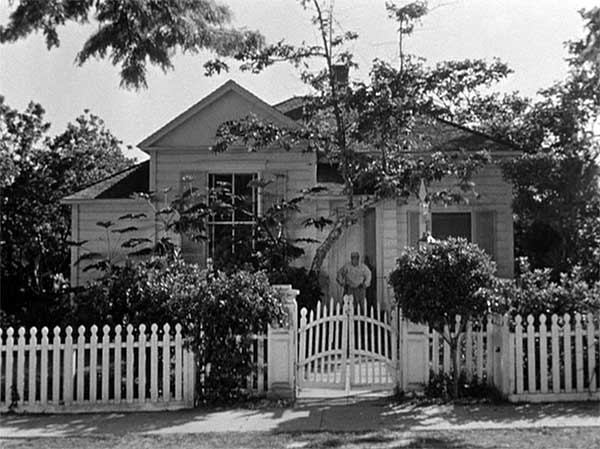
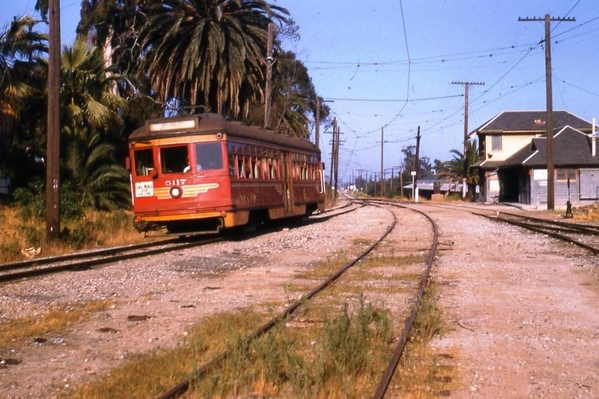
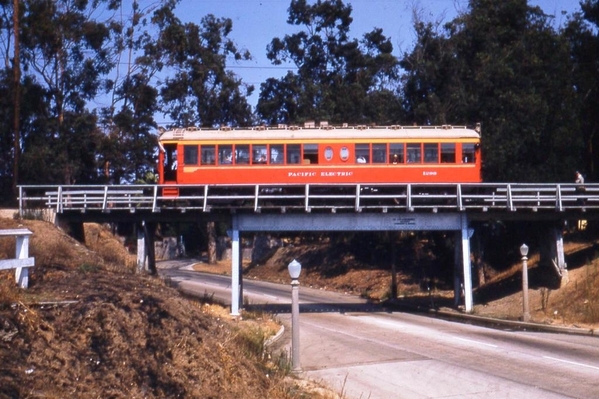

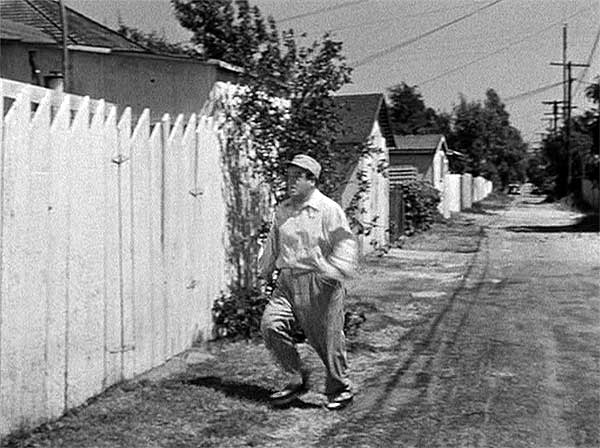
Attachments
The Joplin-Pittsburgh Railway of Kansas And Missouri
The Joplin-Pittsburg Railway Company began as the Pittsburg, Frontenac & Suburban Electric Railway Company in July, 1894. Its first line was purchased from the Forest Park Electric Railway and extended from Pittsburg north to Frontenac. Its second line was purchased in 1895 from the Pittsburg Electric Railway Company which extended the railway to the many coal camps surrounding Pittsburg. By 1907, the railway had lines throughout Crawford and Cherokee Counties in Kansas, and Jasper County, including Joplin, in Missouri. The line to Joplin was completed in 1908, and it was named the "Air Line" because of its direct route and the speed of its cars. The Air Line cars were large and could attain speeds of 60 mph.
The Joplin-Pittsburg Railway suffered labor troubles from 1911 to 1919 in which six strikes took place. Regulation-forced rate cuts, jitney competition, lawsuits and labor issues after 1920 cut into the line's profits, so it entered receivership in 1924. Special weekend fares, more Air Line cars to Joplin and freight connections to steam railroads were attempts to revive the line. But by the late 1920s, it was still deeply indebted, and the last blow was losing its Joplin connection in 1929. On May 14, 1929, the company was sold at auction. Pittsburg businessmen bought the line to save it from being junked. Passenger service ran until 1932, and the freight business continued to 1954 when all operations ceased.
Attachments
This is about and interurban short line in Missouri.
The St. Joseph and Savannah Interurban Railway was a 13-mile interurban electric railway that ran between St. Joseph, Missouri and Savannah, Missouri from 1910 to 1939. It was operated by the St. Joseph Railway, Light, Heat and Power Company, which also operated the trolley system in St. Joseph. The St. Joseph and Savannah Interurban Ry began on July 5, 1910 to compete with the Chicago Great Western Railroad. It consisted of three wooden cars and headed north on the streetcar line down St. Joseph Avenue and terminated four blocks west of the square in Savannah. The line connected to the Kansas City, Clay County and St. Joseph Railway.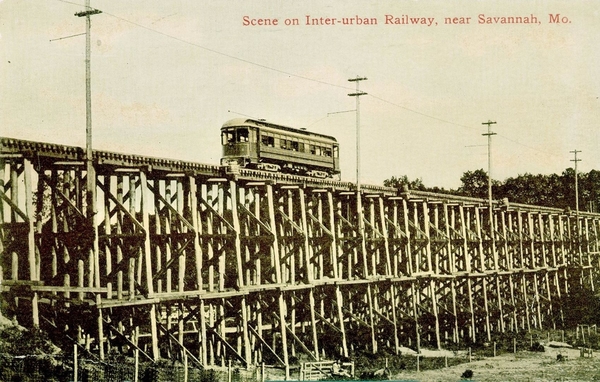
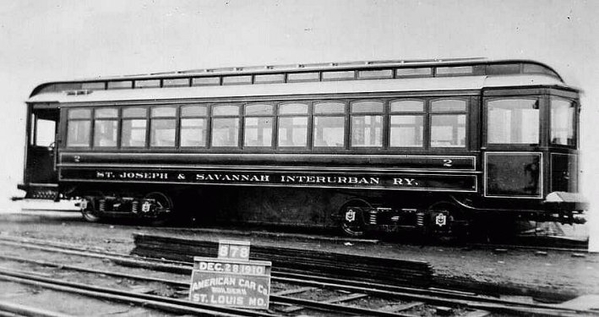
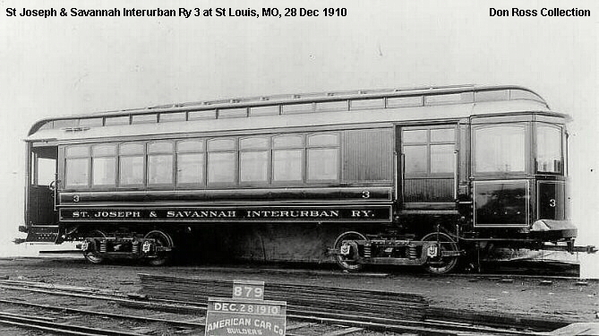
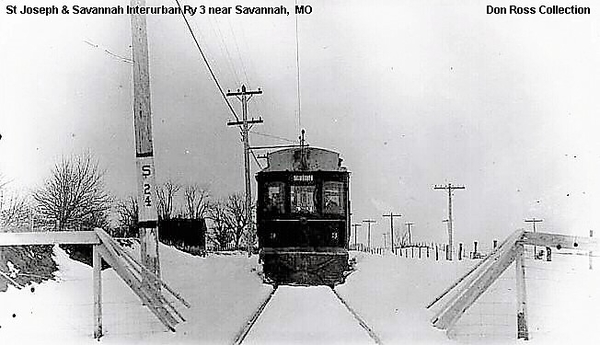
Car 3 Near Savannah
Attachments
Some of the vehicles in the IRM trolley parade on July 4, 2007.
Chicago Surface Lines #1374
Chicago Surface Lines #141
CTA #3142
CTA #4290
North Shore Line #160
North Shore Line #251
North Shore Line #229
TMERL #L7
Cornwall Street Ry. #14
Illinois Terminal #1565
Commonwealth Edison #4
TMERL # D13
North Shore Line #604
Illinois Terminal #101
CA&E #308
CA&E #431
Sand Springs #68
Attachments
Central California Traction Company
Originally, the Central California Traction Company planned to run a line southward from Sacramento through rural farms and grape vineyards all the way to Modesto. It was anticipated that most of the San Joaquin and Sacramento County communities would be connected to the main tracks by branch lines. The first purchases in 1905 were for electric cars, car motors, air brake equipment and track materials. Streetcar lines in Stockton opened in May 1907, and a gold spike ceremony was held on August 31 in front of the Lodi Hotel. In 1909, the railroad was completed to its terminus in Sacramento. The cost was nearly one million dollars.
Overhead wires were used in Stockton, Lodi and Sacramento as the power source for the electric train. In the rural areas, power was transmitted by a wood-covered third rail, energized at 1,200 volts. The Central California Traction railroad was one of the first in the United States and the first in California to use high-tension direct current. Previous voltage had been 600 volts or less.
By 1914, the electric line operated 36 daily passenger trains. The first cars were painted red, but later Pullman green became the popular color, and in the 1930’s, yellow emerged as the official color. The wooden cars were attractive and equipped with both trolley poles and third rail shoes so they could run in the cities as well as the country.
The last interurban passenger run was made on February 4, 1933. The original owners, the Fleishackers of San Francisco, tried to sell the California Traction Line to the Southern Pacific. This resulted in a power struggle among Southern Pacific, Western Pacific and the Santa Fe Railroad with all three vying for control. A 1936 decision allowed joint operation of the Central California Traction by all three railroads.
Electric power costs to maintain freight service proved too costly, so in 1947, the Central California Traction railroad lost its uniqueness and trolley power was abandoned. The pantographs came down for the last time when the system was converted to diesel.
Car No. 7





